Near-extinct crocodile species returns from brink in Cambodia
The Siamese crocodile was thought to have been hunted to extinction – until a survey revealed a tiny population in the wild.

Critically endangered Siamese crocodiles have staged a comeback in Cambodia – with a little help from an unlikely ally.
Crocodile farmers who had nearly hunted the species to extinction in the first place now play a vital role in providing purebred reptiles for captive breeding.
The appetite for crocodile skins for bags and other accessories had decimated populations to the extent that scientists thought they were extinct.

Adult Siamese crocodiles can grow up to 13ft and weigh as much as 770lbs (350kg). They have few natural predators. But the hatchlings – each roughly the size of a hotdog – are vulnerable.
Hor Vichet, a zookeeper at the non-profit Fauna and Flora breeding centre for the critically endangered reptiles in Cambodia’s Phnom Tamao, is on hand to help the youngsters break their shells.
“It’s time to go into the world,” he said, as he helps the creatures begin their life’s journey.
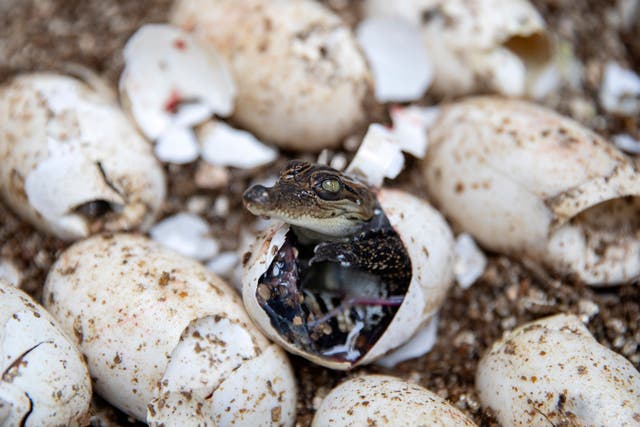
That, combined with the reverence of local Indigenous communities saved this lingering enclave of crocodiles. But they were still too few and too scattered to recover the population.
Conservationists realised that saving the species would require captive breeding of purebred, fertile crocodiles. The crocodile farmers who had nearly hunted the species to extinction now play a vital role in that effort.
Today there are about 1,000 Siamese crocodiles in the wild, roughly 400 in Cambodia and the rest scattered in Vietnam, Laos, Thailand and Indonesia.

The efforts are finally paying off: The first crocodiles were reintroduced into the wild in 2012 and they have begun breeding in the wild: over 100 eggs were discovered in the forests in July, the most so far.
Pablo Sinovas of Fauna and Flora admits: “We are still far from being able to say the species is in a good place. But it is making progress.”
The conservationists faced big challenges when they began their project in 2011. There were more than 1.5 million crocodiles languishing in farms across Cambodia, Thailand and Vietnam, but few were purebreds.
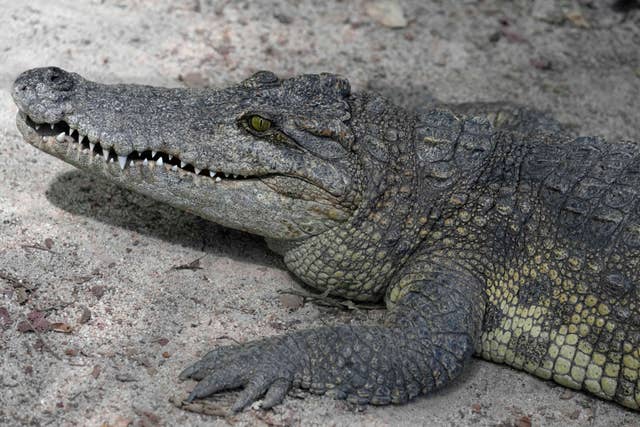
It also could pose a threat to people. Evidence of Cambodian reverence for Siamese crocodiles lives on in toothy carvings on the walls of the Bayon temple in the country’s Angkor Wat temple complex, but the hybrids are not the same animals.
“That would be a problem since some of these species are aggressive to humans. And you don’t want them in the wild,” Mr Sinovas said.
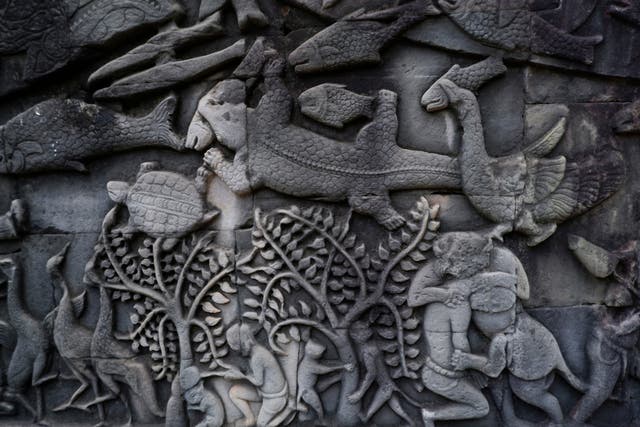
Their eggs were were incubated artificially and the first group of 18 purebred young crocodiles was released in the Cardamom Mountains, laying the foundation for resurrecting the species.
Crocodiles are social species and once together, they “find their own hierarchy,” said Iri Gill, who manages cold-blooded animals at the Chester Zoo in the UK, which supports the breeding programme.
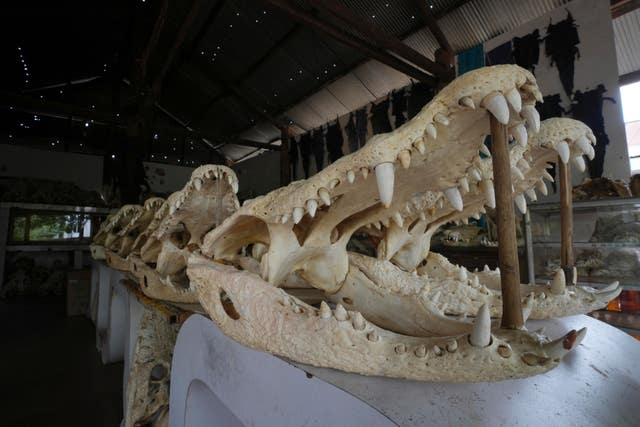
“That is the key stage to hatch those juveniles out and raise them to a strong age before their release,” said Mr Gill.
A similar captive breeding programme was also instrumental in bringing back crocodile populations in India, after they were nearly wiped out by the early 1970s, said Yashendu Joshi, a crocodile researcher at the Indian Centre for Wildlife Studies.
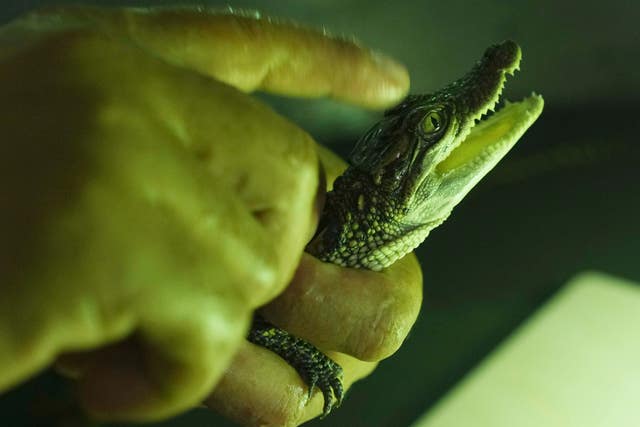
“That’s why these captive breeding programmes have been working across the world,” he said.
Today, demand for crocodile leather has diminished and many of the farms had been losing money since the pandemic, said crocodile farmer Ry Lean.
Dozens of large crocodiles bask in pens around the home where the 73-year-old lives with her extended family. Her shop sells souvenirs like crocodile skulls stacked in shelves like books, glass cases overflowing with canines, mounds of crocodile jerky and lacquered bodies of baby crocodiles drying in the sun. But tourism has dwindled since the pandemic and rising fish prices make it harder to feed the reptiles, Ms Lean said.
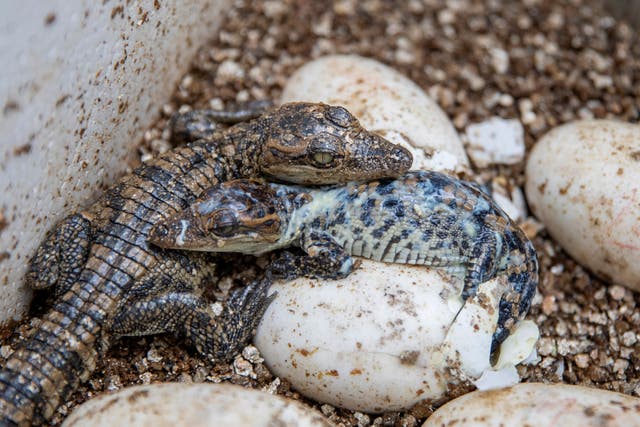
Conservationists still scout the farms searching for purebred Siamese crocodiles. They are also working to protect the habitats where the purebred juveniles are released.
In 2001-23, Cambodia lost nearly a third of its tree cover, according to Global Forest Watch – a platform run by the non-profit World Resources Institute.
The Siamese crocodile’s role as a flagship species – chosen to represent an environmental cause similar to giant pandas in China and tigers in India – helps the cause of protecting the Cardamom Mountains, Mr Sinovas said.
It makes no sense to release crocodiles into habitats that cannot support them, he said, adding: “Protecting habitat is the most important part of this whole project.”





